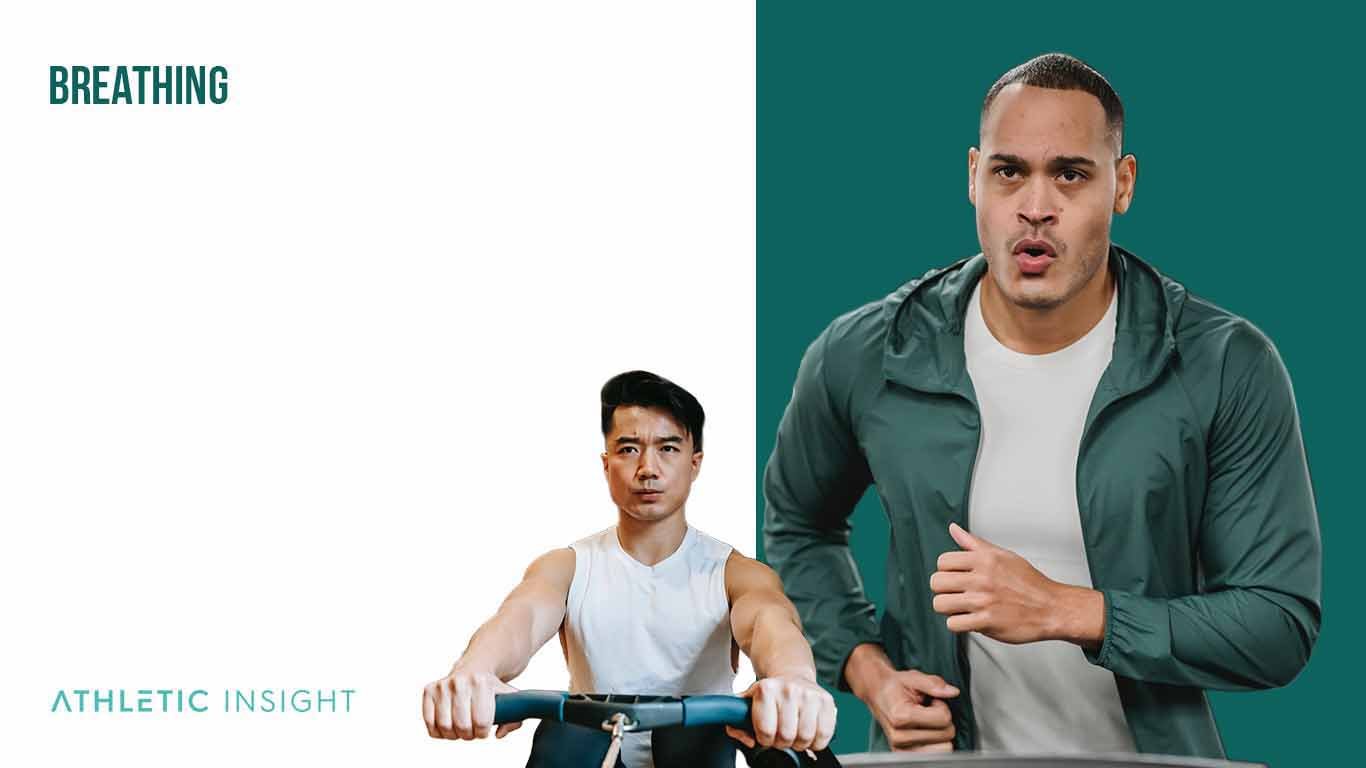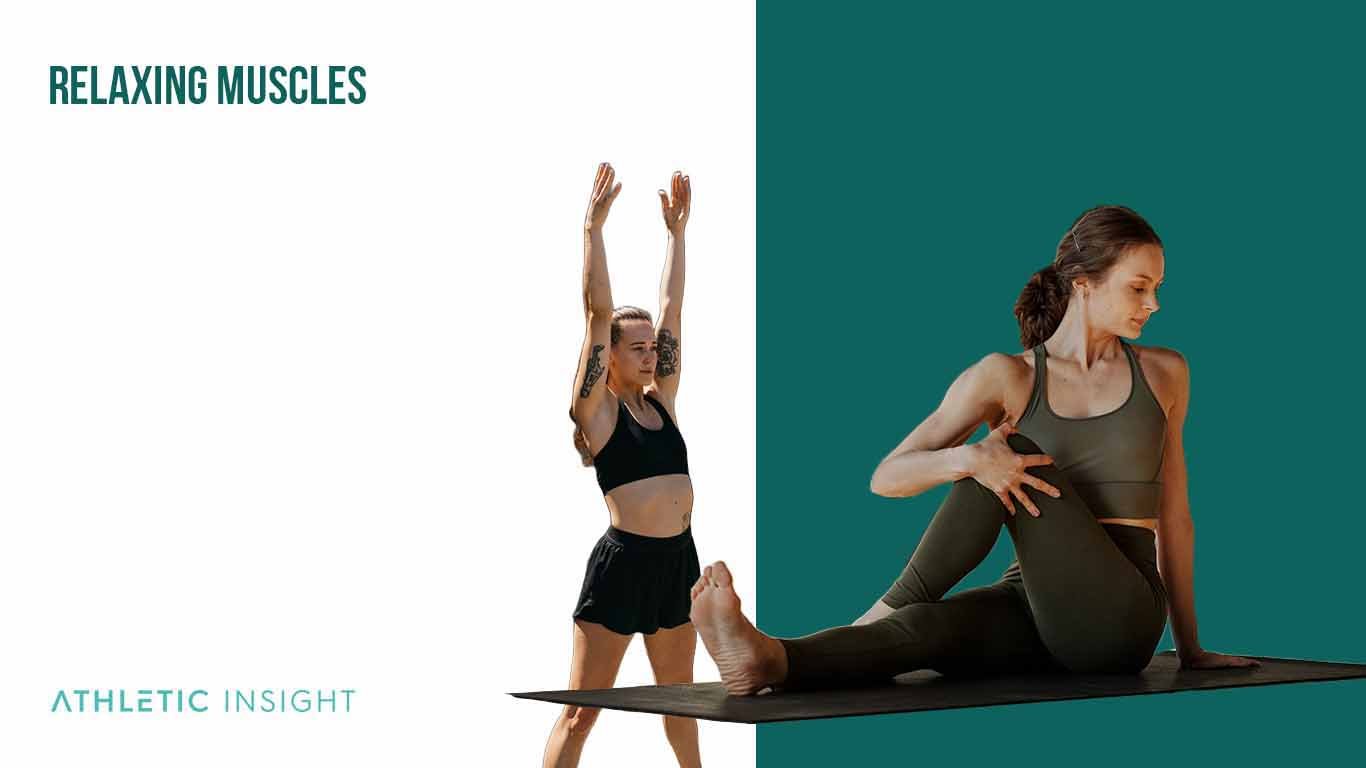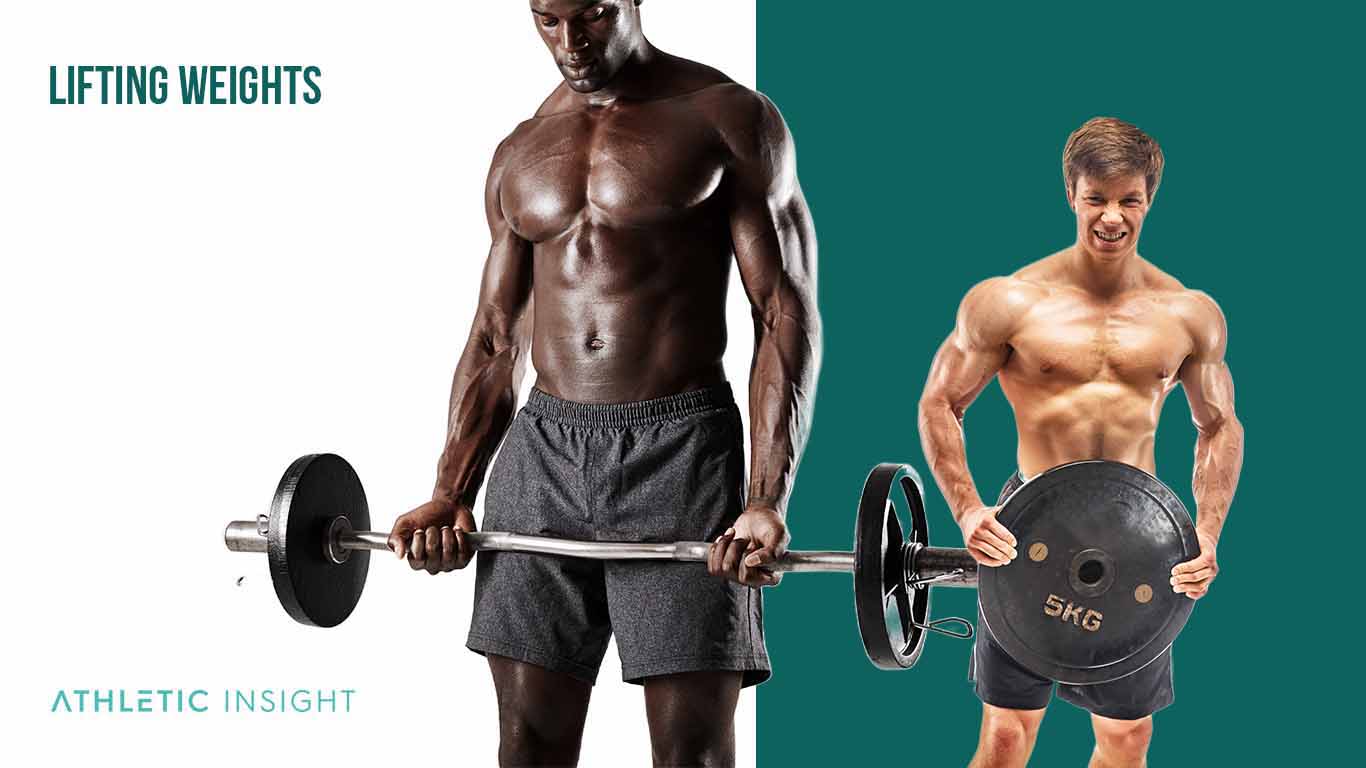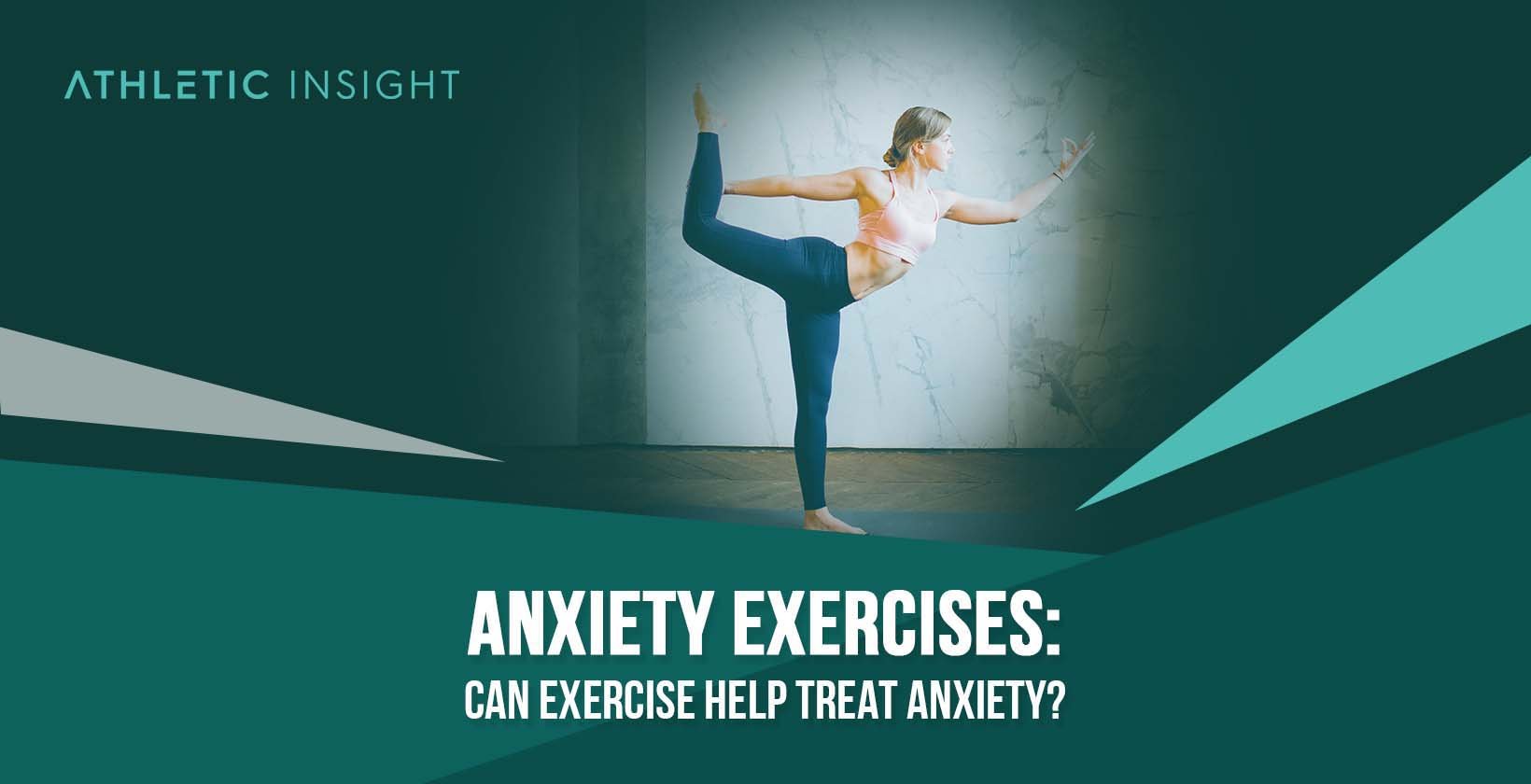Anxiety is the most popular psychiatric disorder, affecting 40 million-plus people across the US. While many resources are available for anxiety and panic disorders, exercise is perhaps the best form of natural therapy one can endure while coping with an anxiety disorder.
The link between working out and anxiety, according to science, suggests that you are less likely to suffer from mental health issues the more active you keep your lifestyle. Running, lifting, walking, and many other exercises help reduce stress and anxiety by releasing hormones such as serotonin.
So, does exercise help anxiety and panic attacks? Yes, it does, and other anxiety-specific exercises like breathing, muscle relaxation, and mindfulness.
1. Breathing
When you’re not getting enough oxygen, your body compensates by striving to breathe more. During a panic attack, your breaths may become quick and shallow, which automatically makes you want to gasp for air. Taking in more air can lead to hyperventilating, which will make one feel dizzy and even more anxious.

These are the most efficient breathing exercises for anxiety.
- Go to a quiet and private place
- Rest one hand on your abdomen and one hand on your chest
- Inhale deeply, pushing your stomach out fully
- Exhale deeply, bringing your stomach back in
- Repeat the last two steps
Sit with just your breath until you start to feel better. Some people find it helpful to count their breaths; others prefer focusing on one thing at a time. Breathing helps by slowing down the sympathetic nervous system (fight-or-flight response), which triggers a hormonal response and significantly reduces anxiety and panic symptoms.
2. Visualizing Happiness
Visualization is a technique many individuals use to help reduce the severity of anxiety symptoms. Visualizing happiness helps by distracting you from your stressors and allowing your mind to focus on one thing that makes you feel happy.
Some people prefer guided imagery, a tool you can listen to or watch that guides you through a calming scenario. Other people opt to create their own mental environment. Essentially, visualization helps get your mind out of a fight or flight response and slows your body down to promote the feeling or need to escape healthily.
By promoting inner peace and calmness, you’re allowing your mind to take a break from the daily stress life throws at you and enter a place of happiness. If you make visualizing happiness a daily routine, you’ll notice benefits such as mood regulation, better concentration, and self-awareness increase.
3. Relaxing Muscles
Many people carry stress in their muscles, resulting in tension and tension headaches. Progressive muscle relaxation is a method used to decrease anxiety and promote relaxation and mental stability.

PMR reduces tension because it gets you to focus on each muscle group to tense up, then release along with slow breathing consciously. By allowing yourself to tense and release each muscle, you’re giving your conscious mind the ability to understand what is tense and what is relaxed.
Your mind and body will regulate stress tension and chronic tension with practice, keeping stress anxiety at bay.
4. Counting
You may have heard the term ‘grounding.’ Most people that suffer from anxiety use grounding as a way to escape their rising panic and create a healthy distraction from their overwhelming ruminating thoughts. Counting is an excellent grounding technique, as it can be used for and with most anything.
One counting-grounding technique is the five senses method.
- Take a seat in a comfortable position and name 5 things you can see. What’s the color? What’s the shape? If someone was blind, how would you explain this object to them?
- Name 4 things you can touch. What do they feel like? What’s the texture or temperature?
- Close your eyes and name 3 things you can hear. How far away is it? Is it loud or quiet? What type of sound is it?
- You may open your eyes and now name 2 things you can smell. What type of scent is it? Food, flowery, or fresh?
- Think about the last thing you ate. What did that taste like? Now name 1 thing you can taste right now.
The five senses grounding technique is to be conscious of what’s going on around you and is also used as a mindfulness technique. Other counting methods include counting with your breath or deliberately counting to get your attention away from your wandering mind.
5. Mindfulness
Mindfulness strategies include focusing on the given moment but being very specific with your focus. For example, if you’re using mindfulness for your thoughts, the goal is to let the thoughts flood in without labeling them as good or bad.
If you’re using mindfulness for your breath, you’re not forcing the breath. You are noticing it. How does your breath feel? Is it quick or slow? How does this breathing make you feel? Again, you’re not judging the breath, and you’re watching it.
You can use mindfulness for body sensations as well. The goal is to be present with yourself fully. When you notice your mind wandering, you bring your attention back to focus.
6. Interrupting Negative Thoughts
Everyone experiences negative thoughts. However, they only become a problem when they interrupt your behaviors and feelings. Most people that suffer from anxiety tend to avoid many things that trigger them in an attempt to fix the anxiety. While it makes sense, avoidance methods don’t work.
Cognitive distortions interrupt our lives and change how our brain chemistry works. For example, when you start catastrophizing, your negative thoughts are trying to tell you that something terrible is going to happen no matter what you do. To counteract these types of thoughts, you must challenge them.
Challenge the thought by asking these questions.
- What is the likelihood of this happening?
- Am I underestimating my ability to handle the worst?
- How accurate are my thoughts?
- What is more likely to happen?
- How can I resolve this issue if this were true?
By challenging your negative thoughts, you’re interrupting the negative thought process, which allows you to think logically rather than emotionally.
7. Lifting Weights
Anxiety and exercise go hand-in-hand when you actively engage in using exercise as a technique to overcome mental health-related issues. Lifting weights helps you feel physically stronger, which ultimately leads to a sense of freedom.

Freedom and strength build confidence and self-esteem, which helps you feel better, considering many people with generalized anxiety suffer from low self-worth. Most people that suffer from anxiety tend to be less active, creating brain fog, chronic fatigue, and stress. So, reducing anxiety with exercise is a great mindset to adopt.
8. Running for Increasing Heart Rate
During a panic attack or heightened anxiety moment, our hearts race, our breaths become thin and shallow, and our mind prepares our body to run, hide, or fight. When you routinely run, you’re training your breath and allowing yourself to get used to the quick heart rate.
So, when a panic attack comes on, it will feel familiar to you when you are running, and your brain will connect to exercise rather than fear. On the other hand, some people use running as a technique to escape panic as it’s happening.
Running has many health benefits, from decreasing insomnia, strengthening your heart, and regulating stress hormones.
How Can Exercise Help Anxiety?
While the science behind how exercise decreases anxiety isn’t apparent, exercise helps take your mind off worries by forcing you to focus on the task at hand, such as stretching, lifting, and running.
Hormones like dopamine and serotonin become released when you work out, which is critical in combating anxiety. Most people that suffer from anxiety tend to have low doses of dopamine and high levels of cortisol (stress hormone) and adrenaline because of the brain connections their mind has made due to excessive amounts of stress and tension.
What is the Relation Between Anxiety and Cognitive Behavioral Perspective?
Cognitive-behavioral therapy (CBT) is a type of therapy psychologists use to help the patient overcome anxiety. CBT promotes different ways of thinking to increase problem-solving skills. By using CBT methods daily, you begin to make new connections in the brain that help you access positive and helpful strategies to deal with stress and panic.
It is believed that our thoughts affect our moods, which affect our behavior. CBT was designed to combat these thoughts and view our feelings as just thoughts or feelings. Once we can acknowledge that our thoughts don’t control us, we can decrease the debilitating symptoms anxiety brings.
Can Anxiety Decrease the Exercise Efficiency?
Most people that suffer from anxiety find it difficult to become active due to anxiety symptoms. However, statistics show that people who exercise are 60% less likely to experience severe anxiety symptoms, if at all.
Although you may feel sluggish and not want to engage in physical exercise, you might fear that your anxiety will slow your performance. It takes a quick ten minutes per day just to get your blood pumping. Once your heart rate speeds up, you’ll become active and motivated to continue your strenuous exercise.
Since exercise is the most efficient and natural way to decrease and overcome anxiety and stress, try to take some time every day to do any physical exercise. Slowly you can build a habit to increase, and eventually, you will routinely exercise, which only then will you feel the benefits that exercise brings to reduce anxiety. You’ll be surprised at the exercise effectiveness that you’ll observe.



